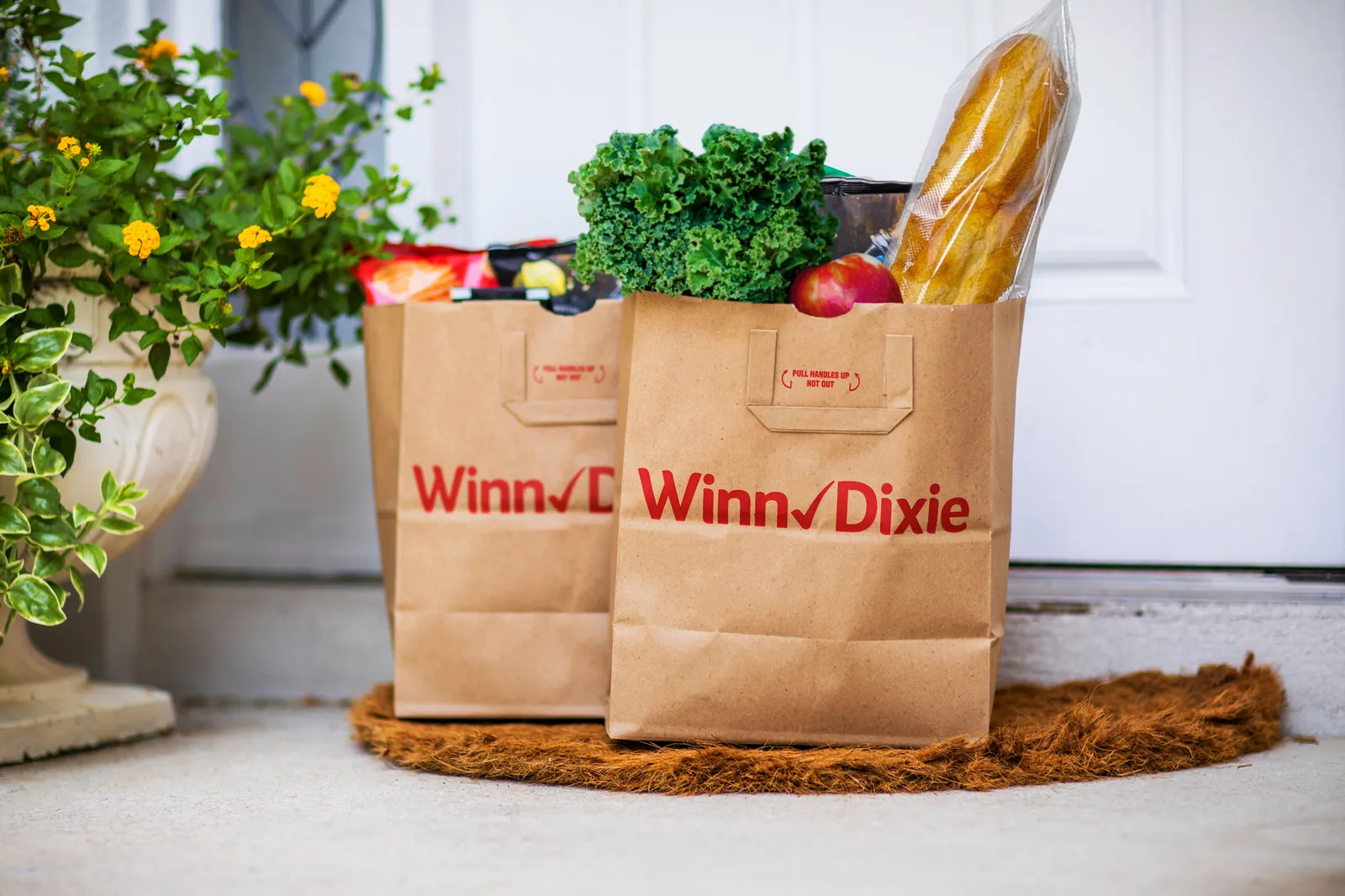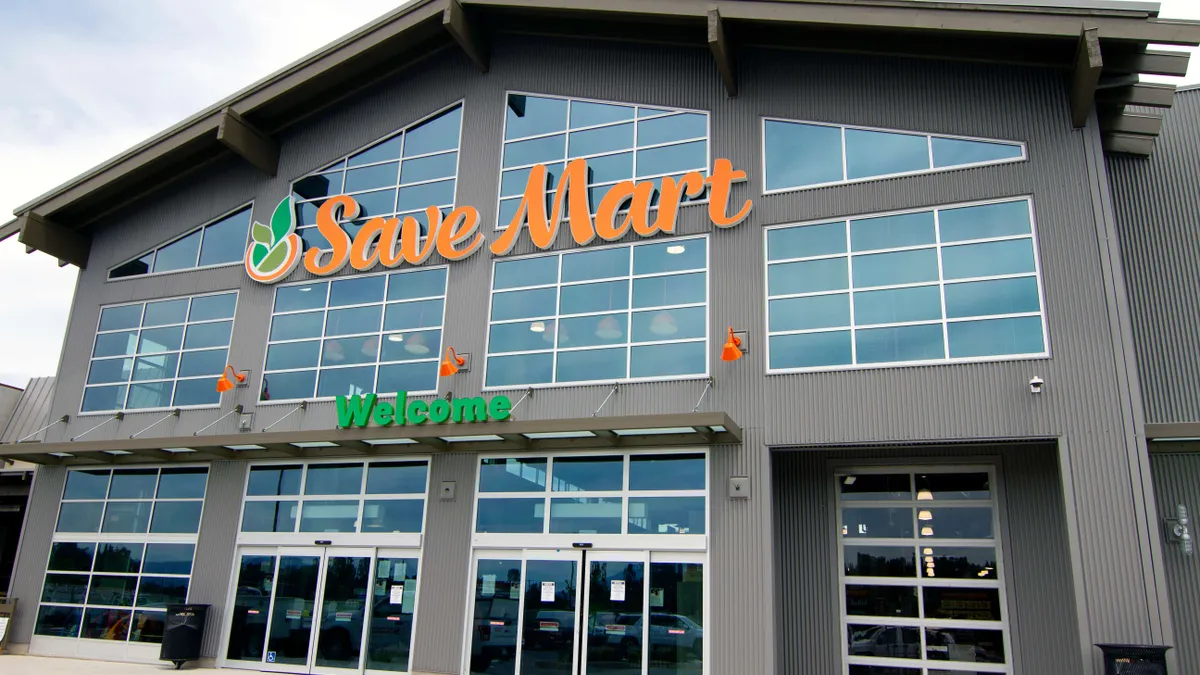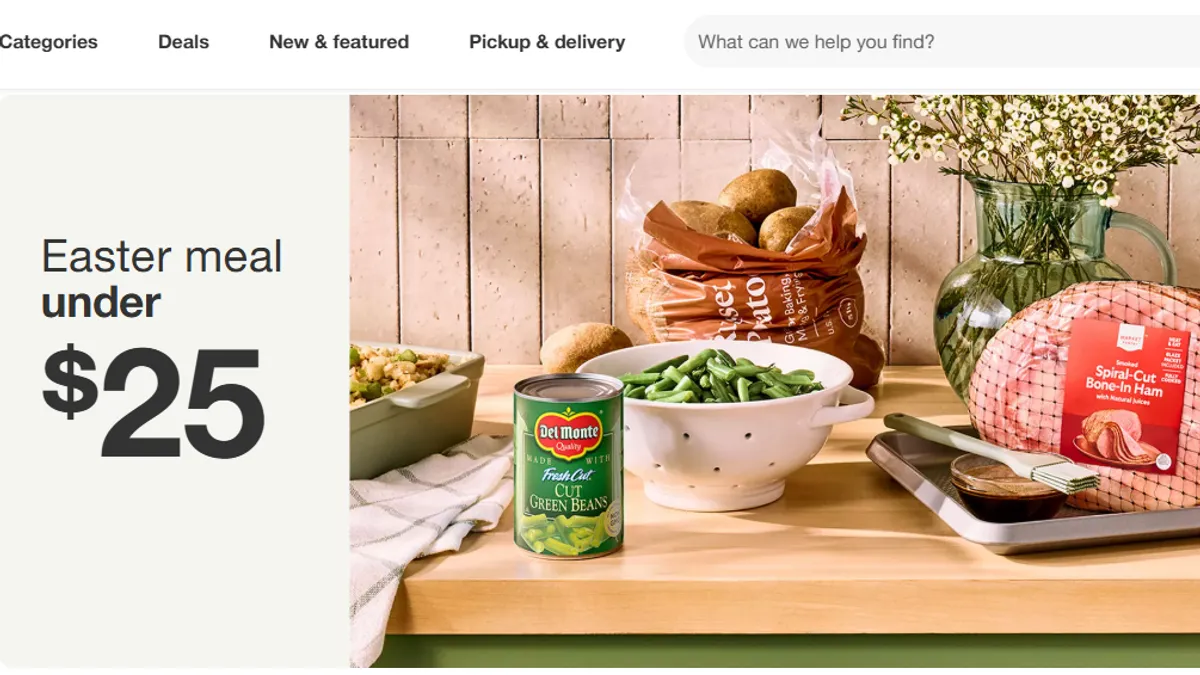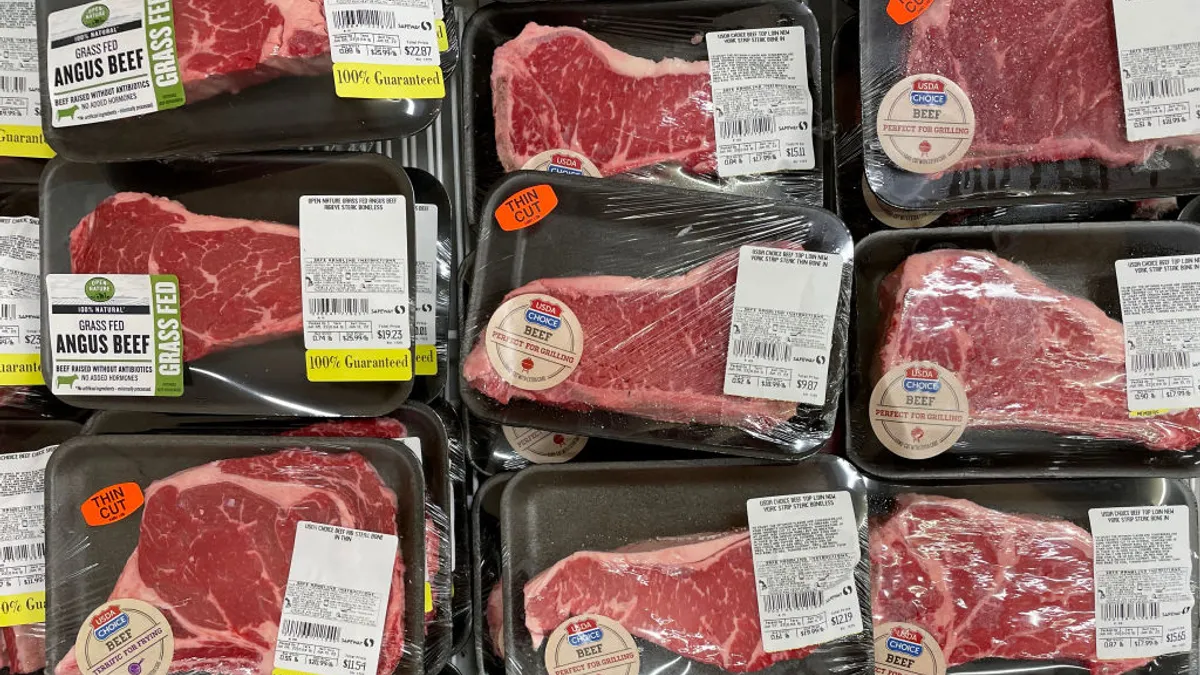The Friday Checkout is a weekly column providing more insight on the news, rounding up the announcements you may have missed and sharing what’s to come.
The White House Conference on Hunger, Nutrition and Health, held earlier this week, made clear the federal government’s commitment to addressing two significant problems plaguing U.S. consumers: diet-related diseases and access to healthy, high-quality foods.
The initiative spurred $8 billion in public and private initiatives from a range of companies. This included numerous grocers, who made announcements pledging charitable contributions, enhanced nutrition education, additional meals to food banks and more discounts to SNAP recipients.
These are important steps in battling the twin challenges of improving health and expanding availability. And they build on existing initiatives that many retailers have already set down. But what was particularly notable about the raft of announcements was the prominent role e-commerce played, as well.
Digital tools can help retailers go deeper and broader with their health programs. In addition to its pledge to help enroll 50,000 SNAP and WIC recipients by 2024, Albertsons said it will provide 50 million “evidence-based suggestions” to online shoppers aimed at improving nutrition. The grocer also plans to roll out new health campaigns and hundreds of new healthy recipes that reach across its stores and digital platforms.
Delivery companies like Shipt, Instacart and DoorDash were notable additions, as well, pledging benefits like making online meal planning easier and adding new digital tools like filters and tags that help shoppers better identify healthy foods. The Food Industry Association and National Grocers Association both reaffirmed their commitment to expanding SNAP online access.
E-commerce is becoming a critical part of retailers’ evolving health platforms for the ways it can expand their reach, personalize shopper journeys and open up smart new tools. As the connection between food and medicine grows stronger, digital offers numerous opportunities for companies to help shoppers understand that link and develop a plan of action.
More work lies ahead, particularly in bringing down costs and in advancing the digital experience, but the potential for grocers to become more effective health and nutrition resources is exciting and also very real.

In case you missed it
Amazon, Walmart and Target are among Gen Z’s most popular brands
A new report from Morning Consult Brand Intelligence looking at brands that have seen the most success with Generation Z adults, who range from 18-25 years old, found that food and beverage industry brands make up half of the young generation’s favorite ones.
Listed in the top 10 most popular brands for Gen Z are Amazon, Walmart and Target with Amazon coming in fourth with an 80.28% favorability, Walmart in sixth with a 79.76% favorability and Target in seventh with a 79.66% favorability. In addition, Walmart and Amazon appeared in the top 10 ranking for both the most popular brands among Gen Z men as well as among Gen Z women.
“Gen Z is harder to please by default,” the Morning Consult Brand Intelligence report said. “Gen Z’s average brand favorability rating is just 27%, compared with 33% for all adults and 36% for millennials.”
Wakefern adds some new private label suppliers
Held in July, Wakefern’s first-ever Own Brand Supplier Summit gave private label manufacturers the opportunity to promote their food and beverage products for the chance to be included in the grocer’s Bowl & Basket and Wholesome Pantry private label lines, according to an emailed Tuesday press release.
The four winners selected were Delica North America in the candy category, Prana Gourmet Foods in the prepared foods category, GlutenLibre for the frozen appetizers category and The Perfect Bite Company for the frozen entrees category.
The open call for the summit was announced in March of this year and Wakefern received over 240 entries, representing more than 1,400 products that were all reviewed by Wakefern’s category managers, according to the press release. The summit winners’ products are set to appear on store shelves as part of Wakefern’s private label brand lines by spring 2023.
The Fresh Market aims to add 1,600 new team members
Through hosting several national hiring events in October, The Fresh Market is looking to hire more than 1,600 team members and create jobs in all 22 states the specialty retailer is located in, according to a Tuesday press release. Ultimately, this would average approximately 10-15 jobs per store across all 160 stores, the announcement said.
All departments are hiring, and the grocer will have walk-in interview days every Wednesday and Saturday throughout October. According to the press release, most entry-level positions do not require previous experience and include benefits such as a 30% discount and 401(k) with company match.

Number of the week: 1 million
That’s the number of new households Aldi welcomed into its U.S. stores over the past year, the discount grocery chain announced last week. Coupled with the double-digit sales increase it’s seen, Aldi said the growth is proving its “experience is one that resonates.”
It comes at a time when Aldi is one of the fastest-growing retailers in the U.S. and poised to be the third-largest grocery retailer by store count by the end of this year. In keeping with its frenetic store opening pace, Aldi said in February it aims to open approximately 150 U.S. stores.
Aldi’s announcement last week also included this fun fact as part of a list of how the company keeps costs down for customers and store operations: “We don’t play music, so we don’t have to pass along the cost of licensing fees.”
What’s upcoming
Where does grocery employment stand?
The U.S. Bureau of Labor Statistics plans to release next Friday its employment report for September, which will include the number of jobs at food and beverage stores. Food retailers added nearly 15,000 jobs in August as the industry experienced an uptick in hiring this summer.
As the holiday hiring surges begin, though, retailers this year may pair back their plans for how many workers to hire amid a slowing economic landscape, changes in employment trends and ongoing supply chain issues impacting inventory, MarketWatch noted.
Behind the scenes of Kroger Health
Food as medicine is a hot area within the grocery industry. Kroger, as the largest grocery chain in the country, has its sights set on being a leader in the space, with its health solutions arm, Kroger Health, playing a major role.
Next week, keep an eye out for Grocery Dive’s reporting delving into Kroger Health’s vision for its “food as medicine” efforts and how Kroger Health is tackling its ambitions.
Until then, you can read up on Kroger’s new commitments regarding health and nutrition that coincided with the White House Conference on Hunger, Nutrition and Health this past Wednesday.




















